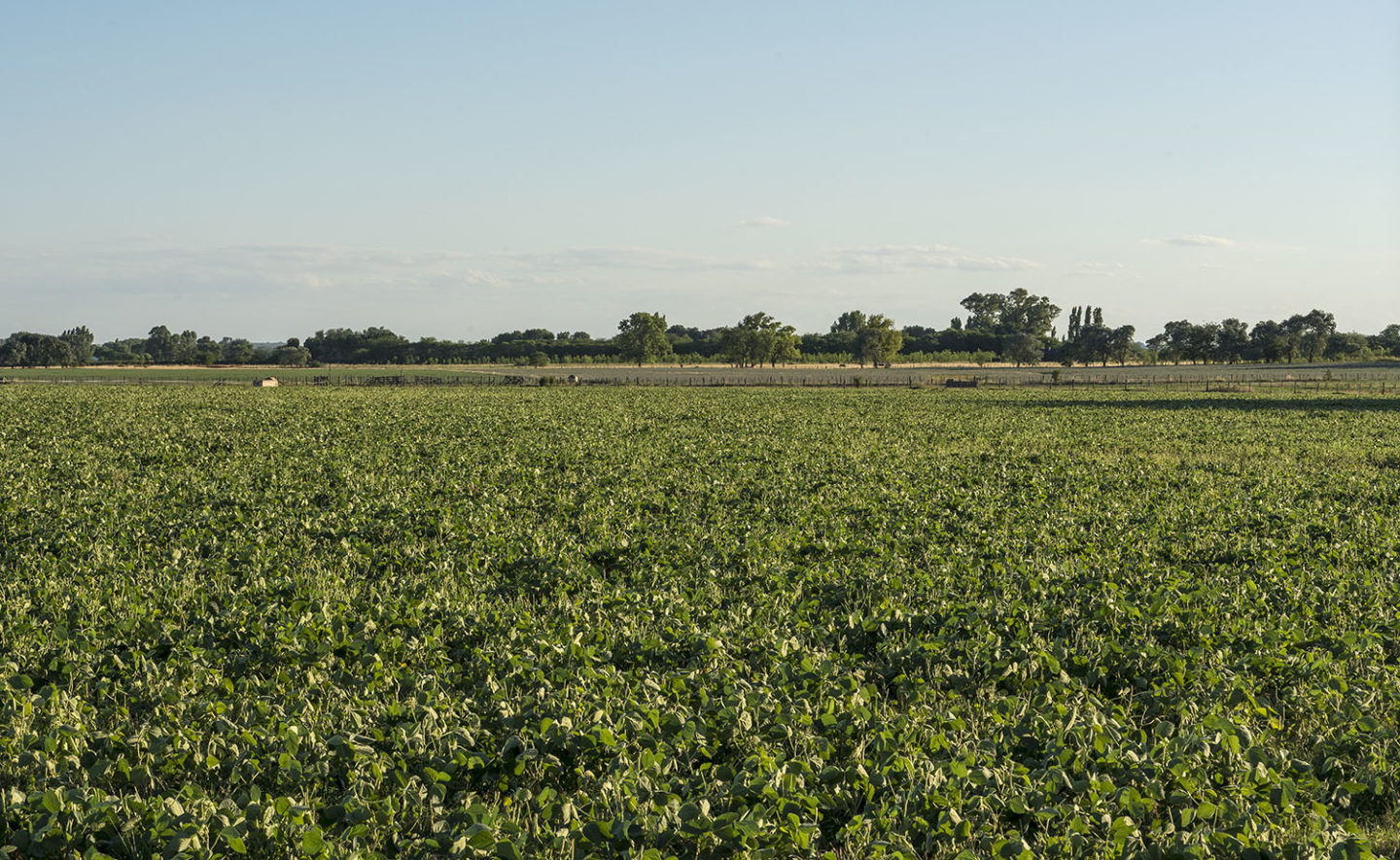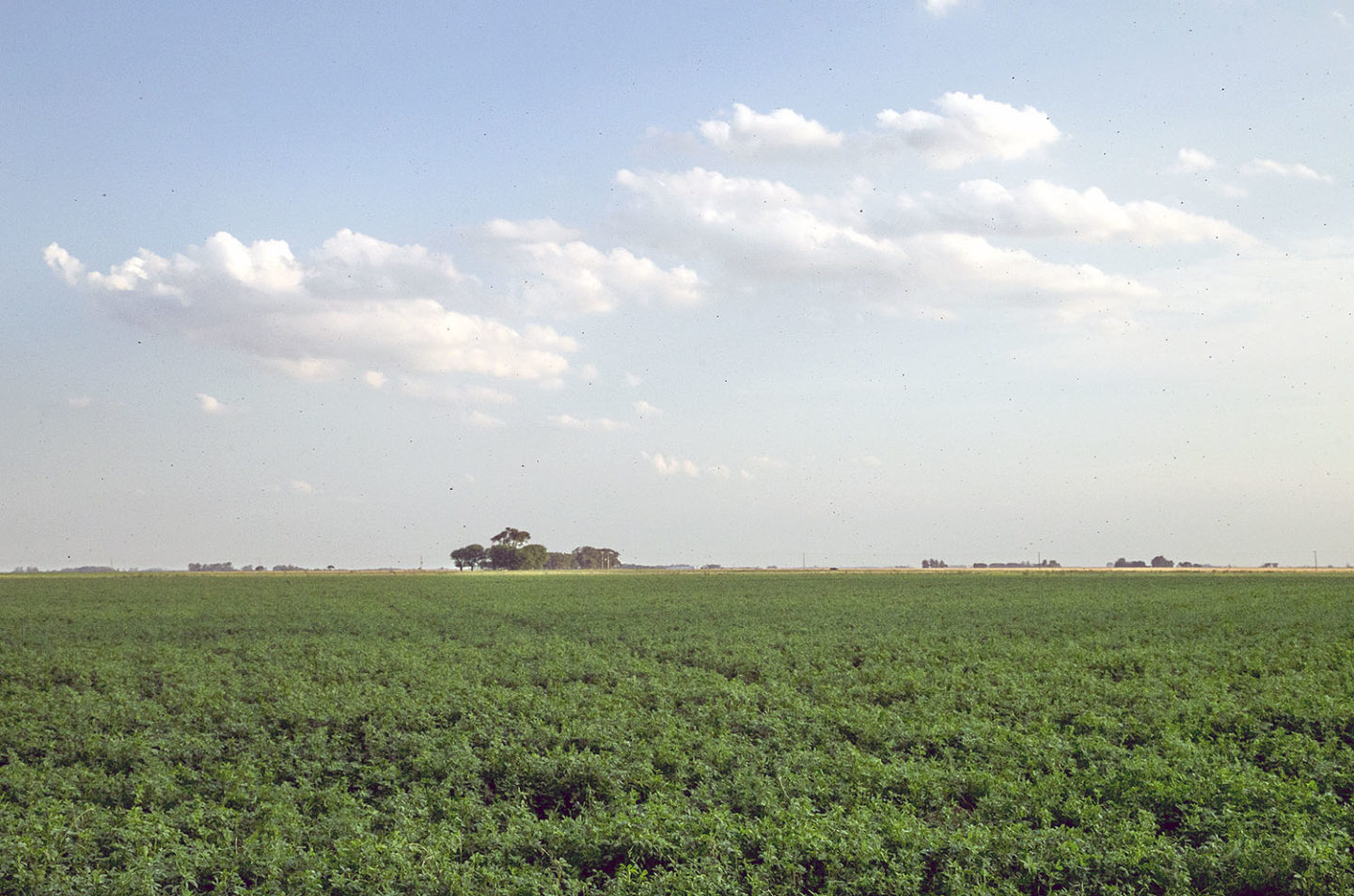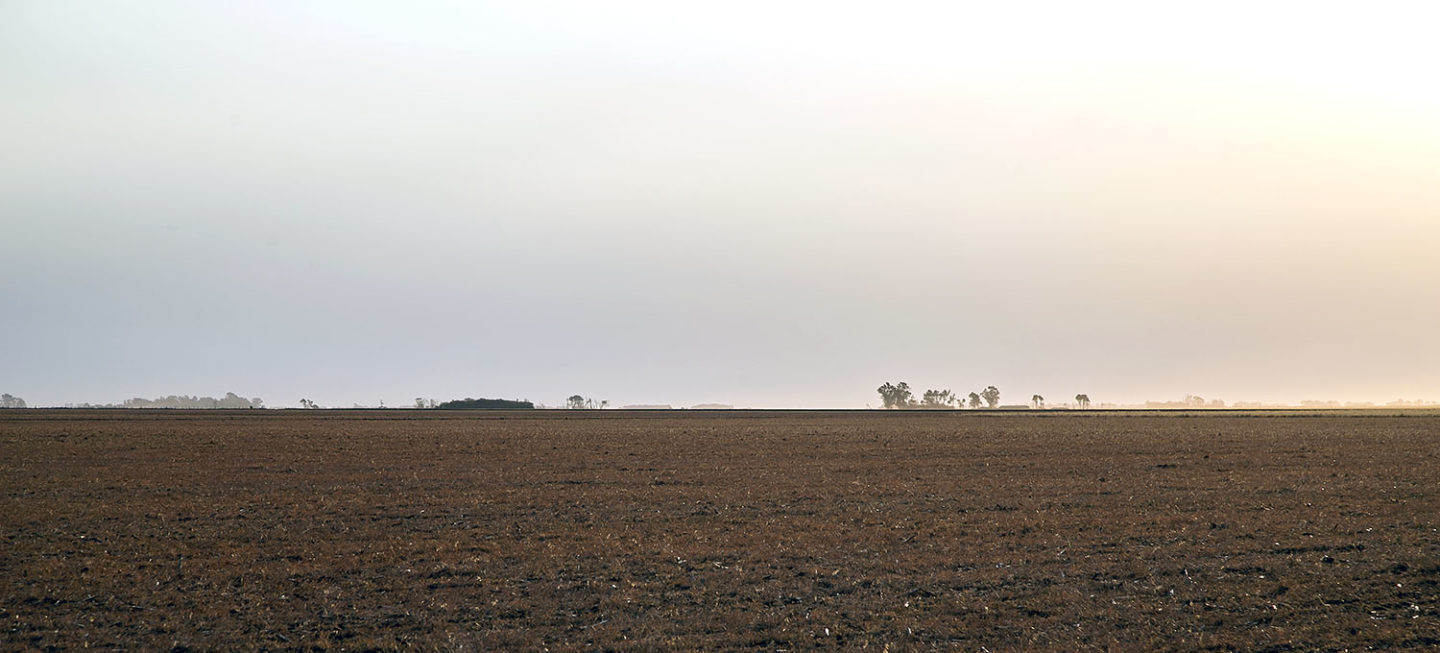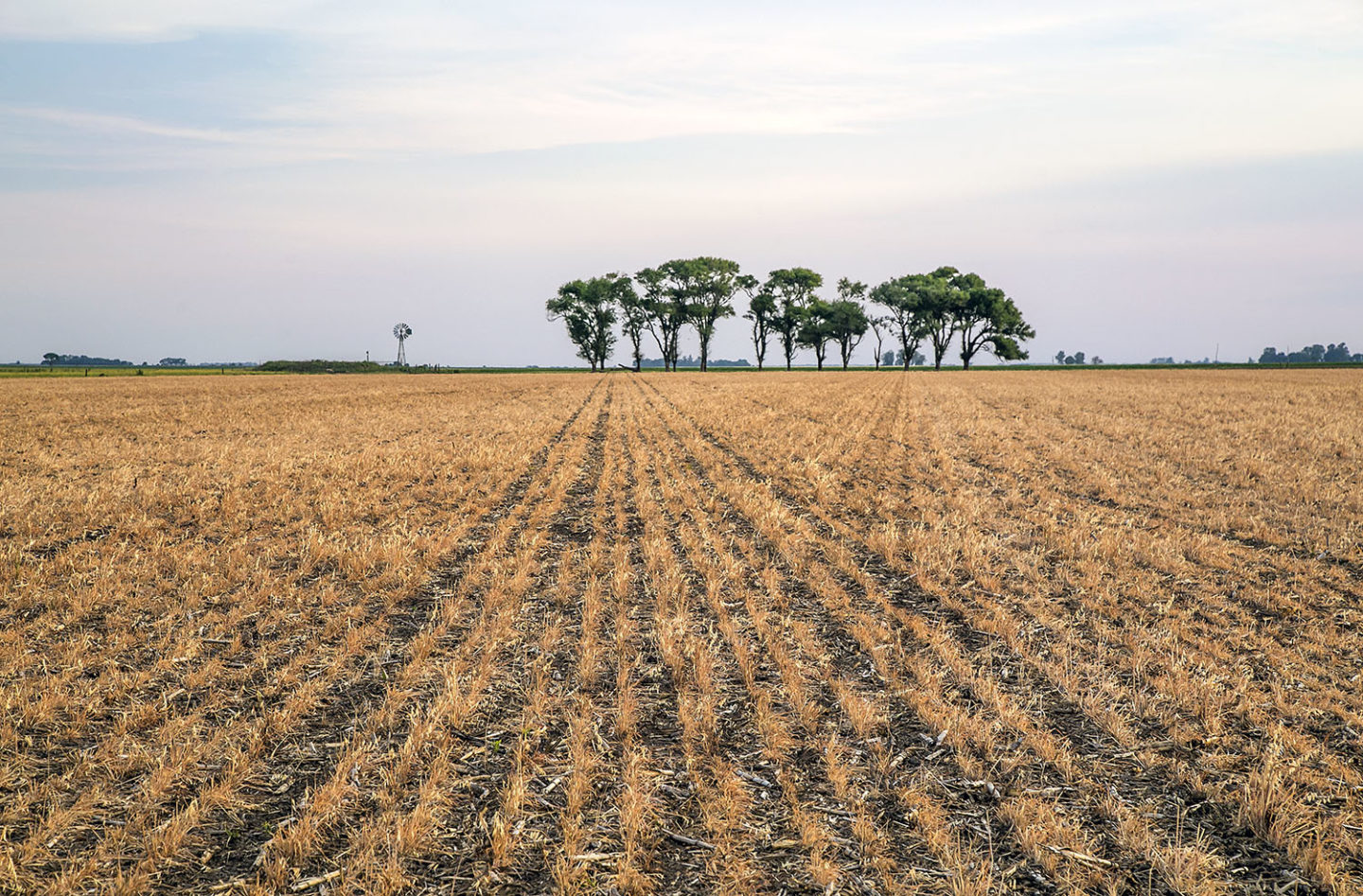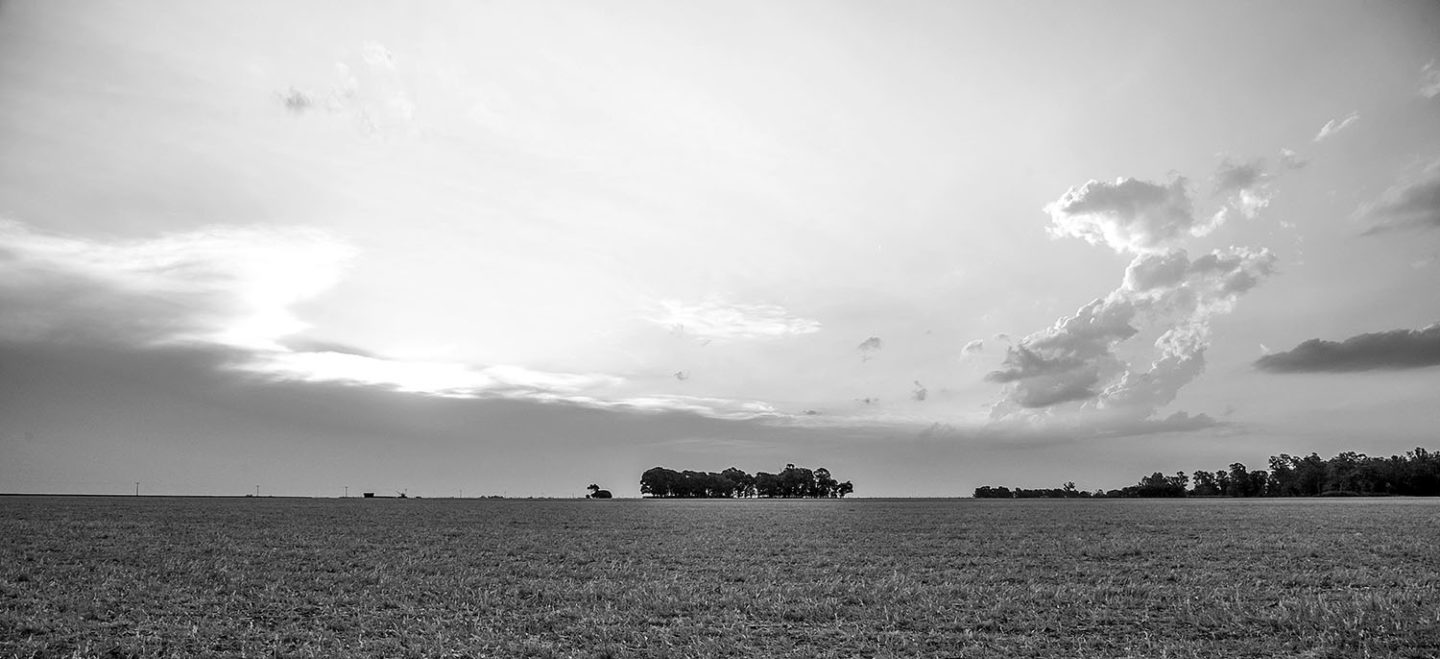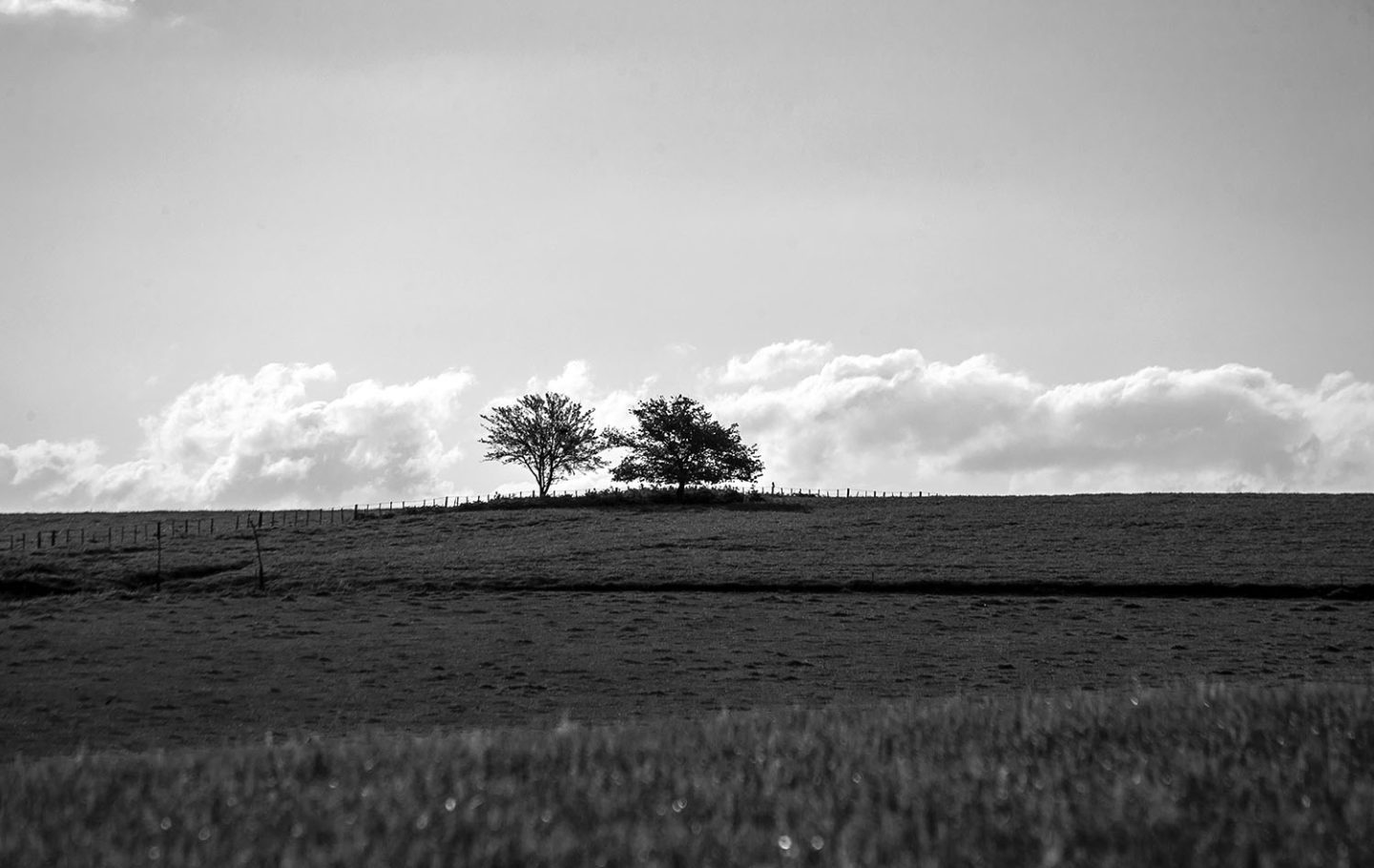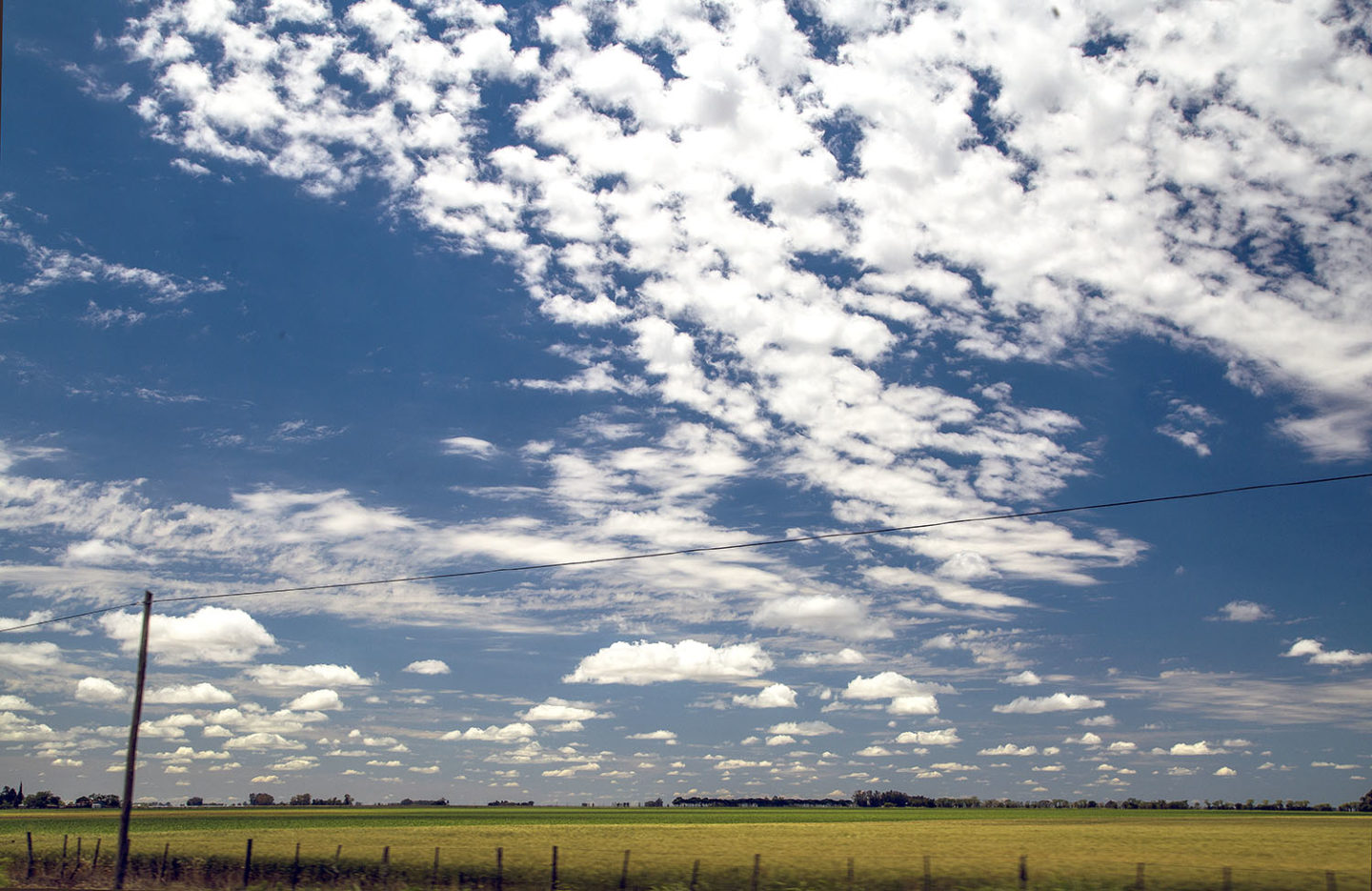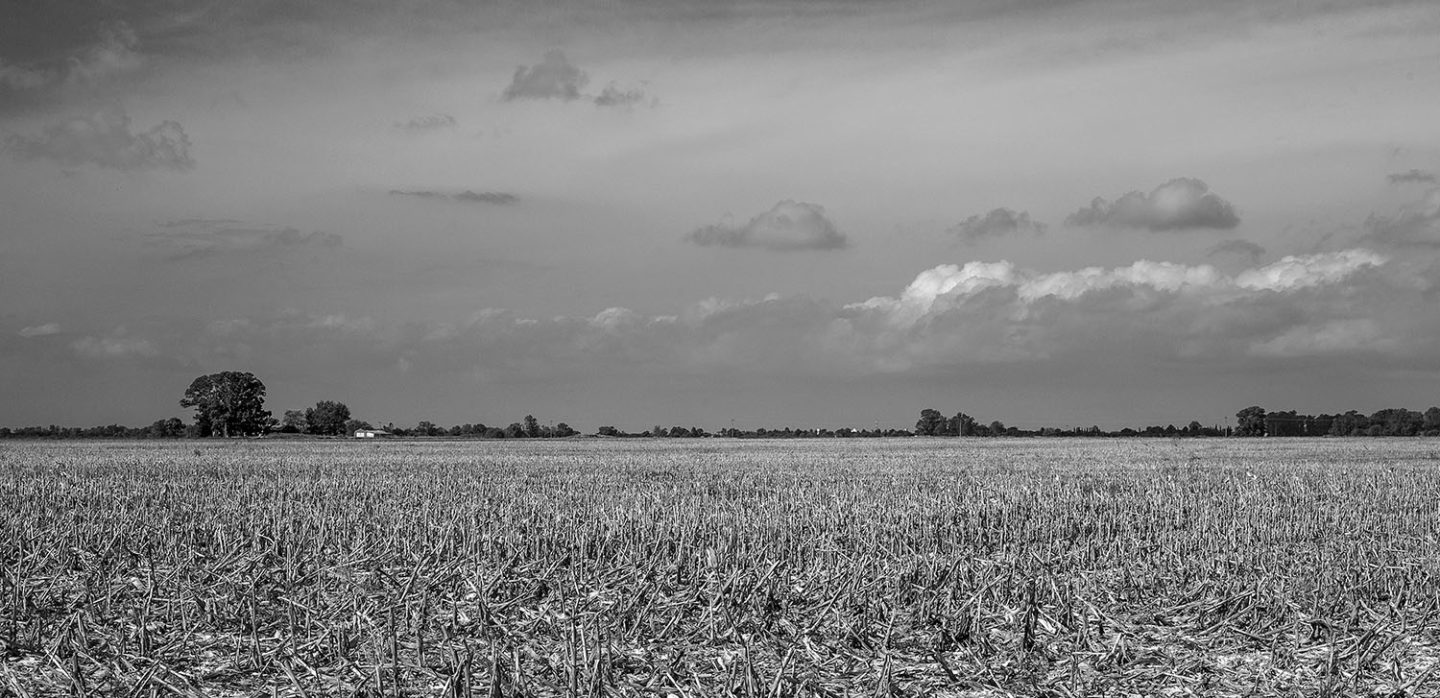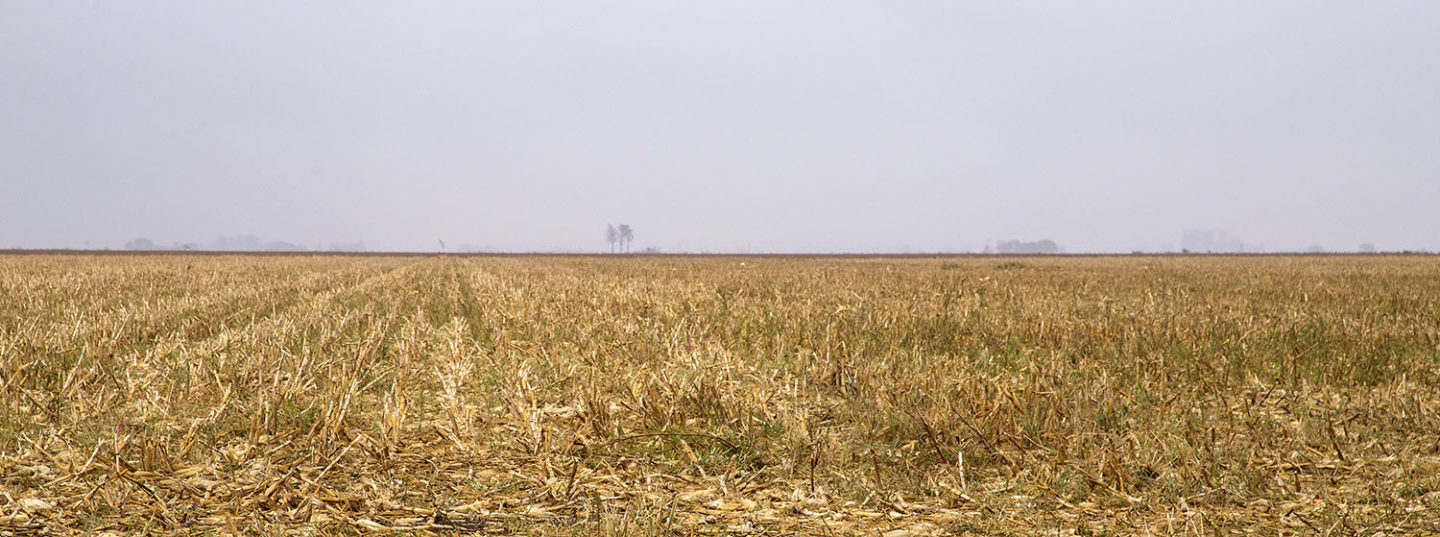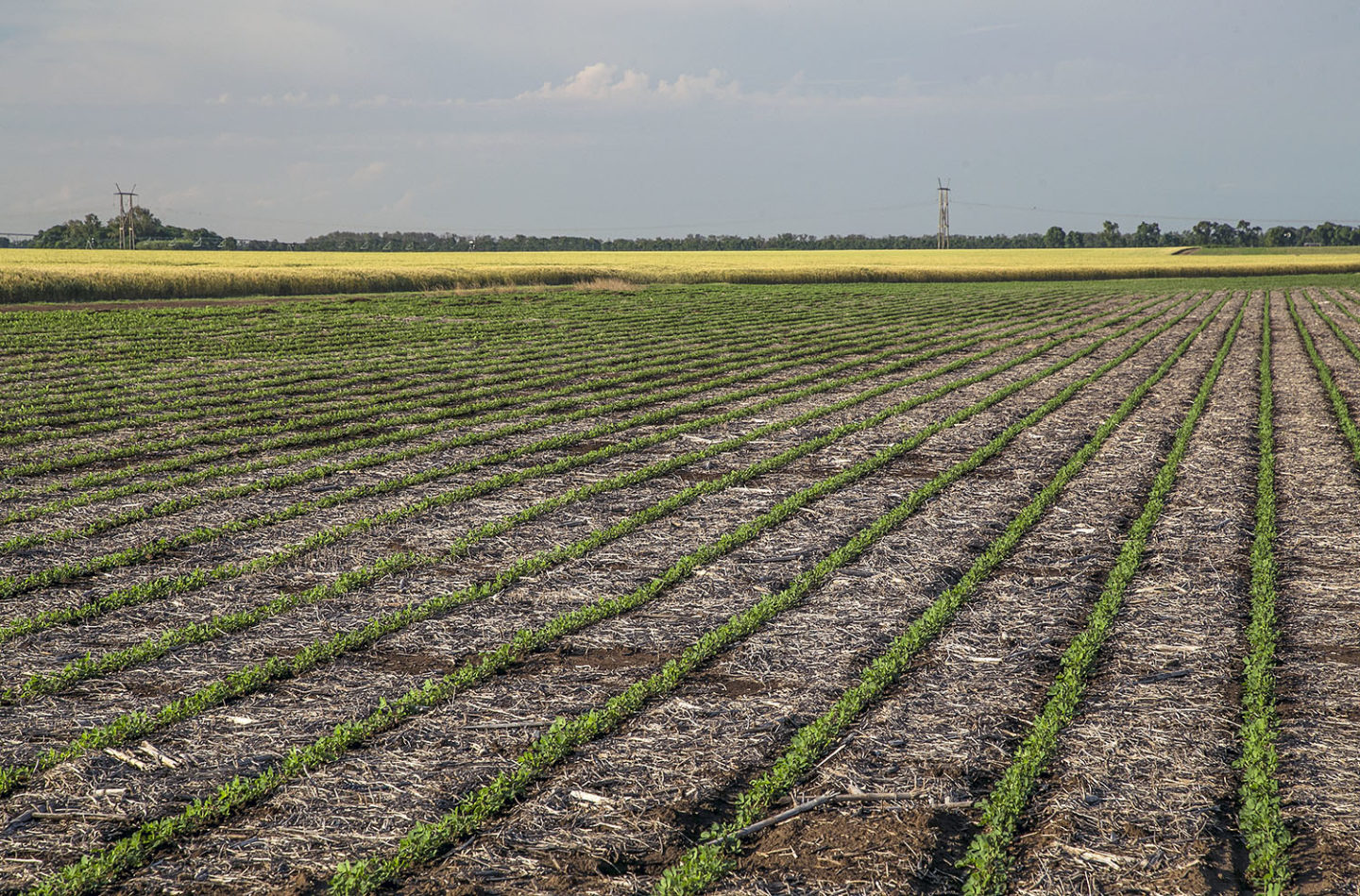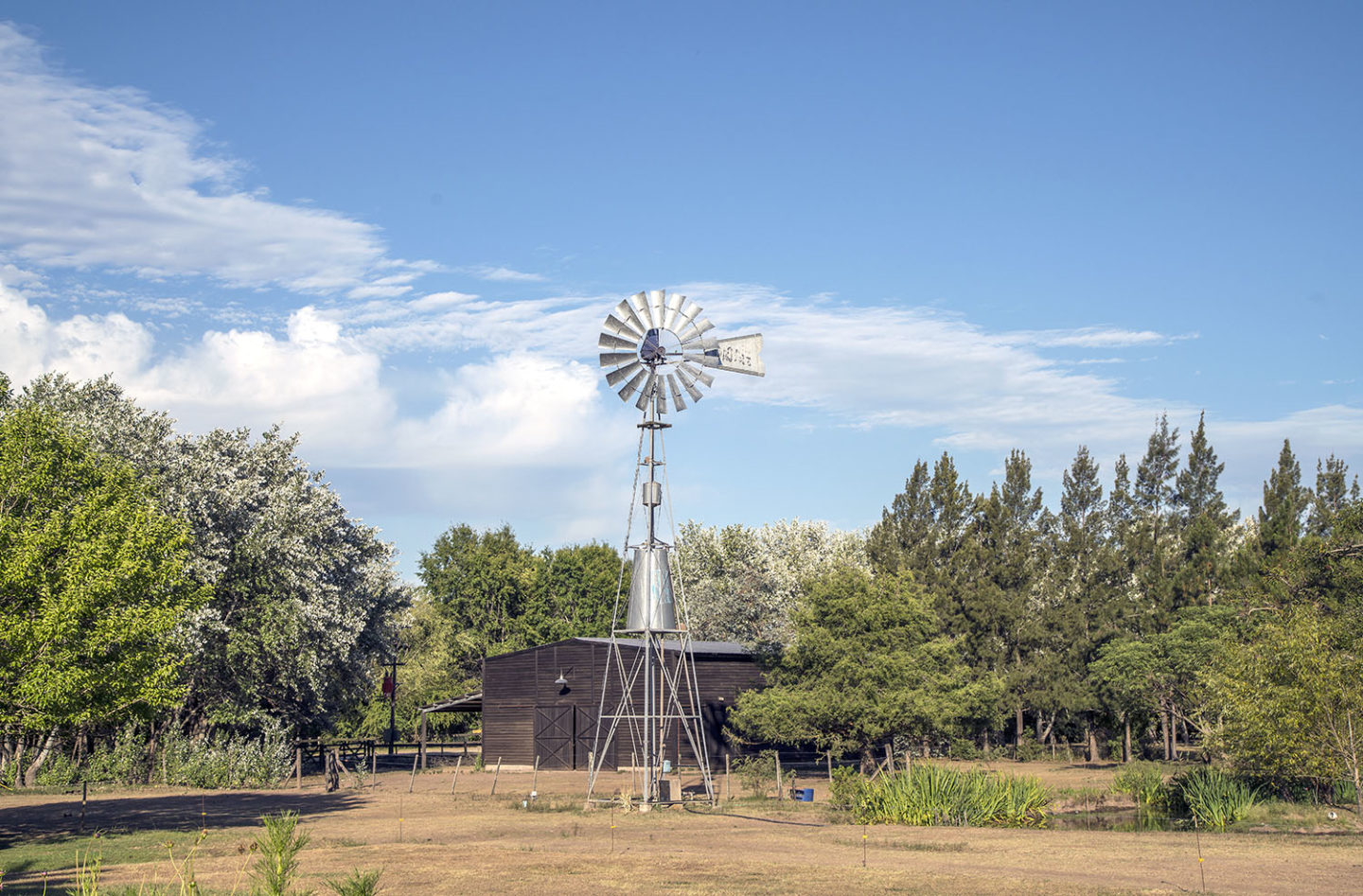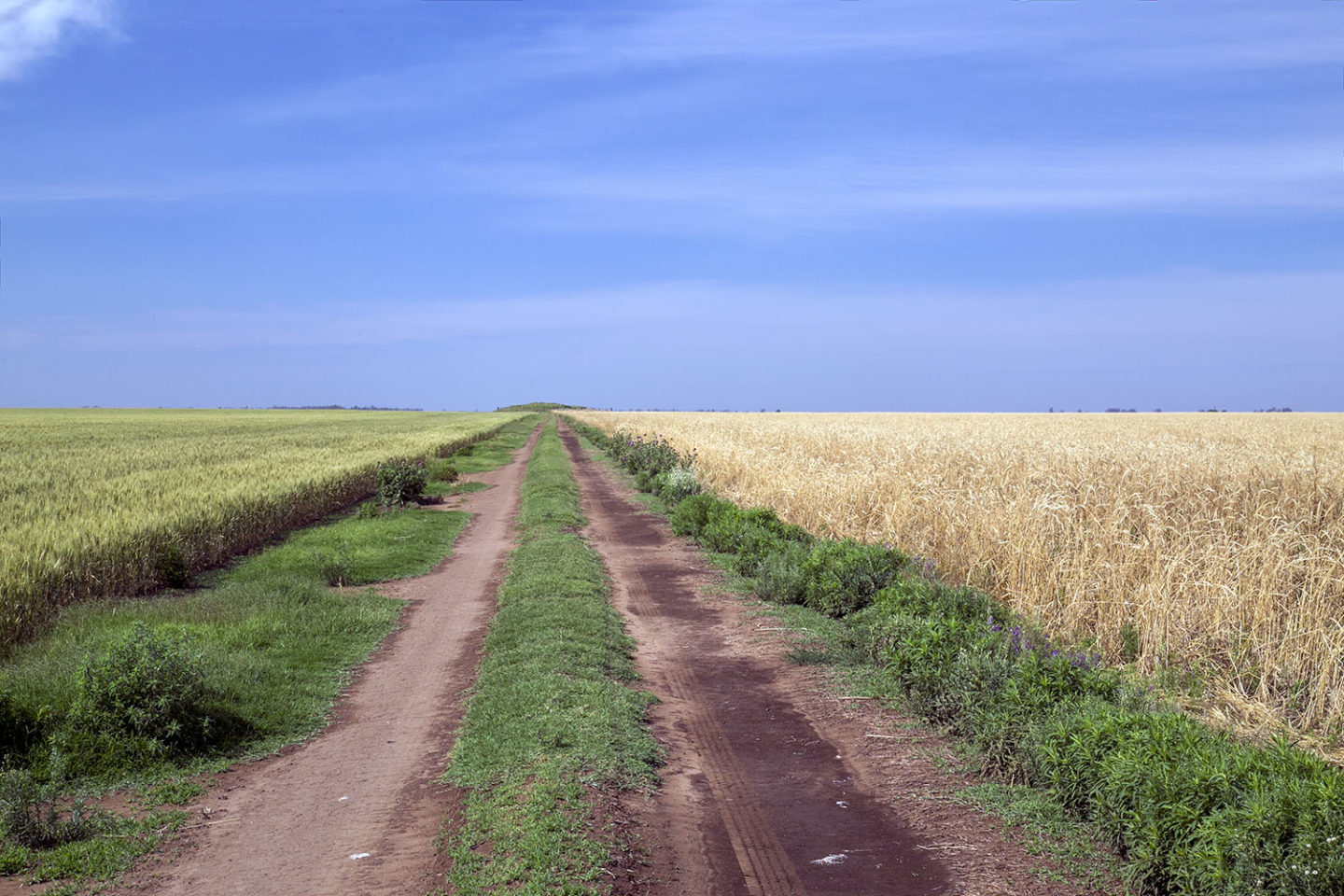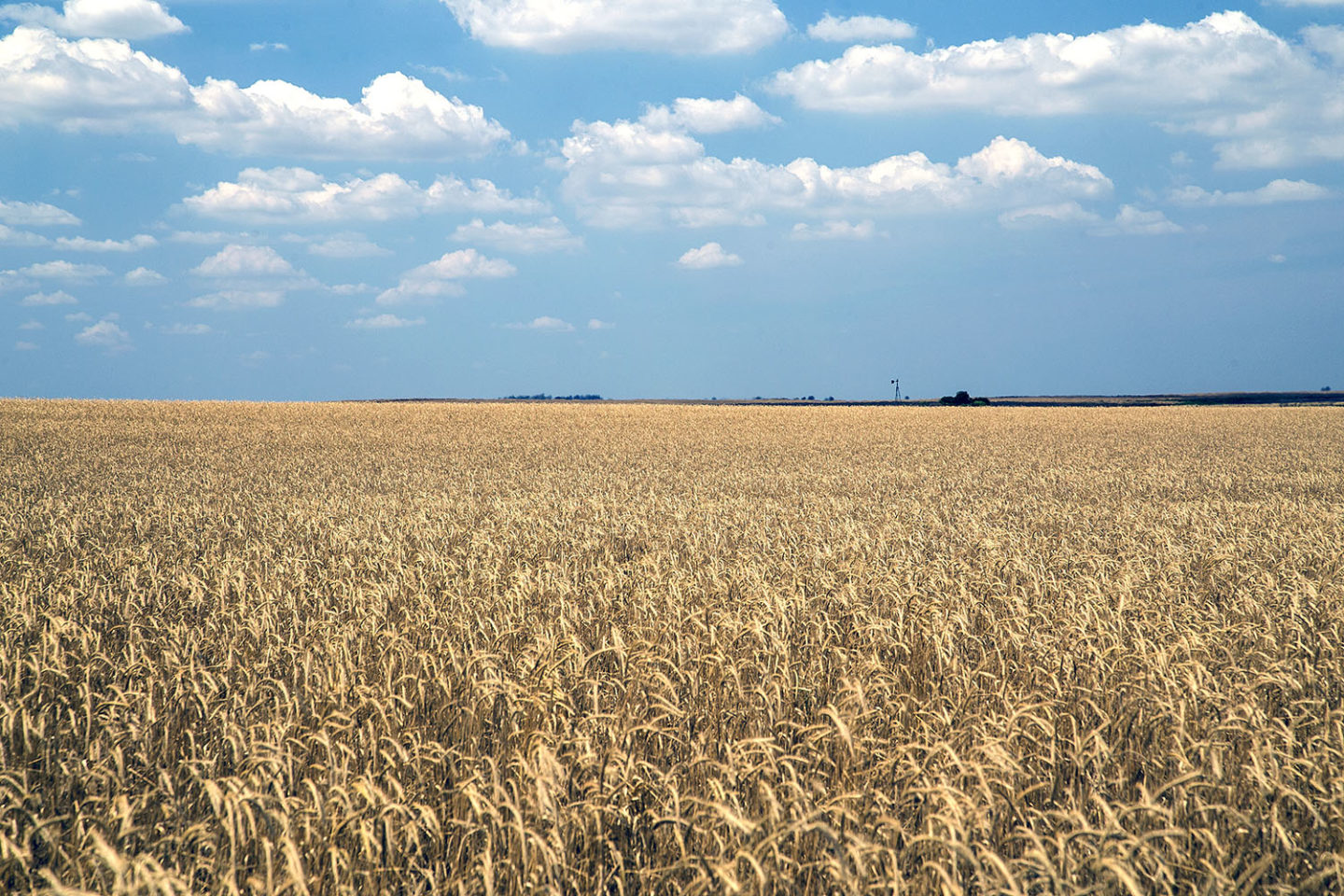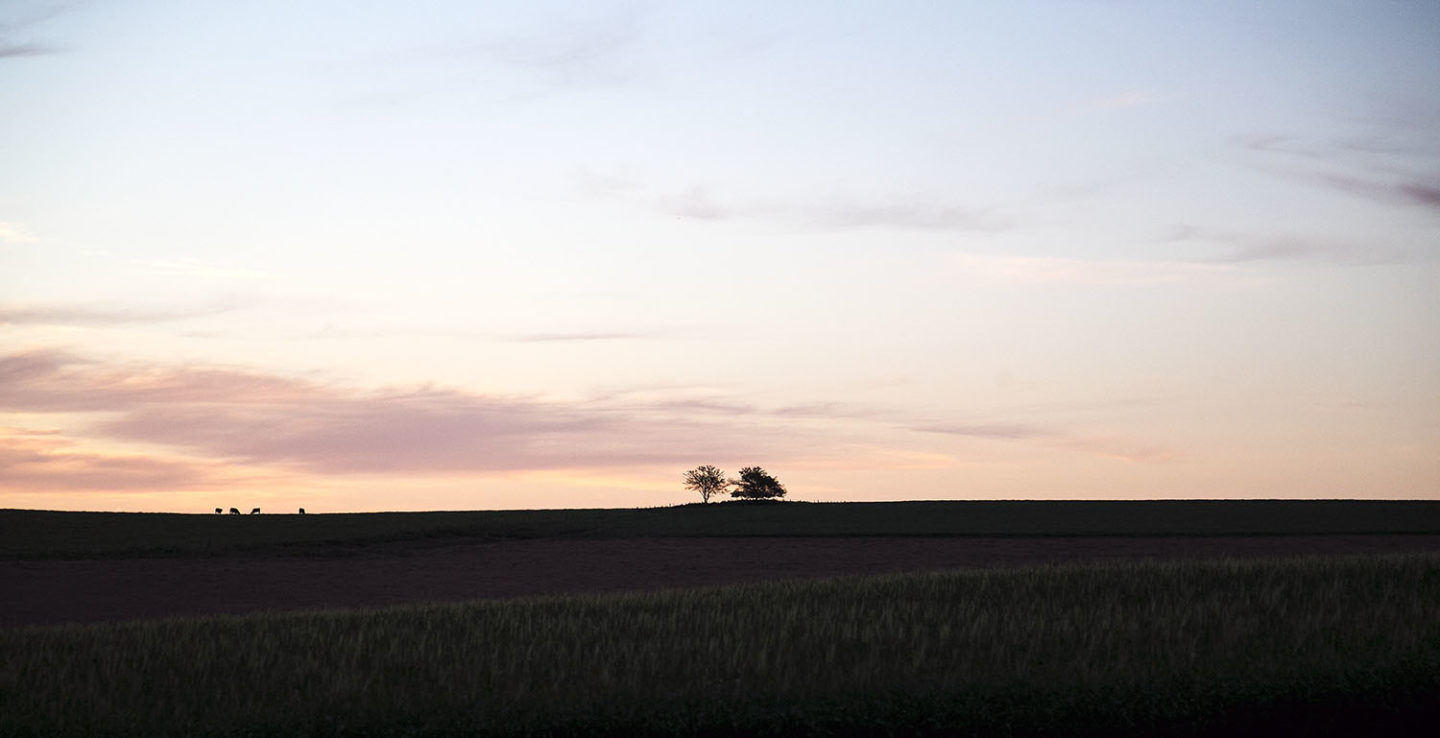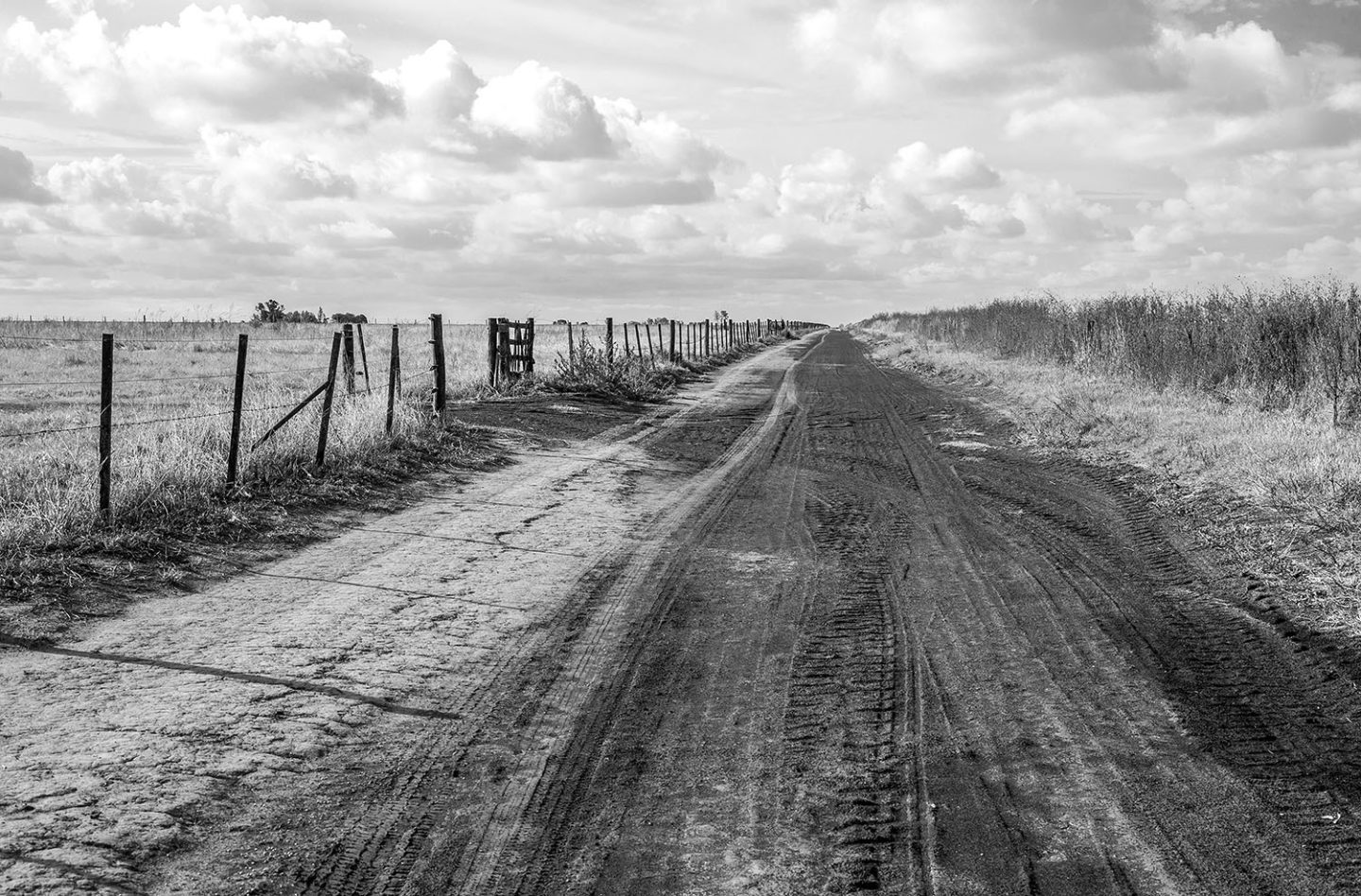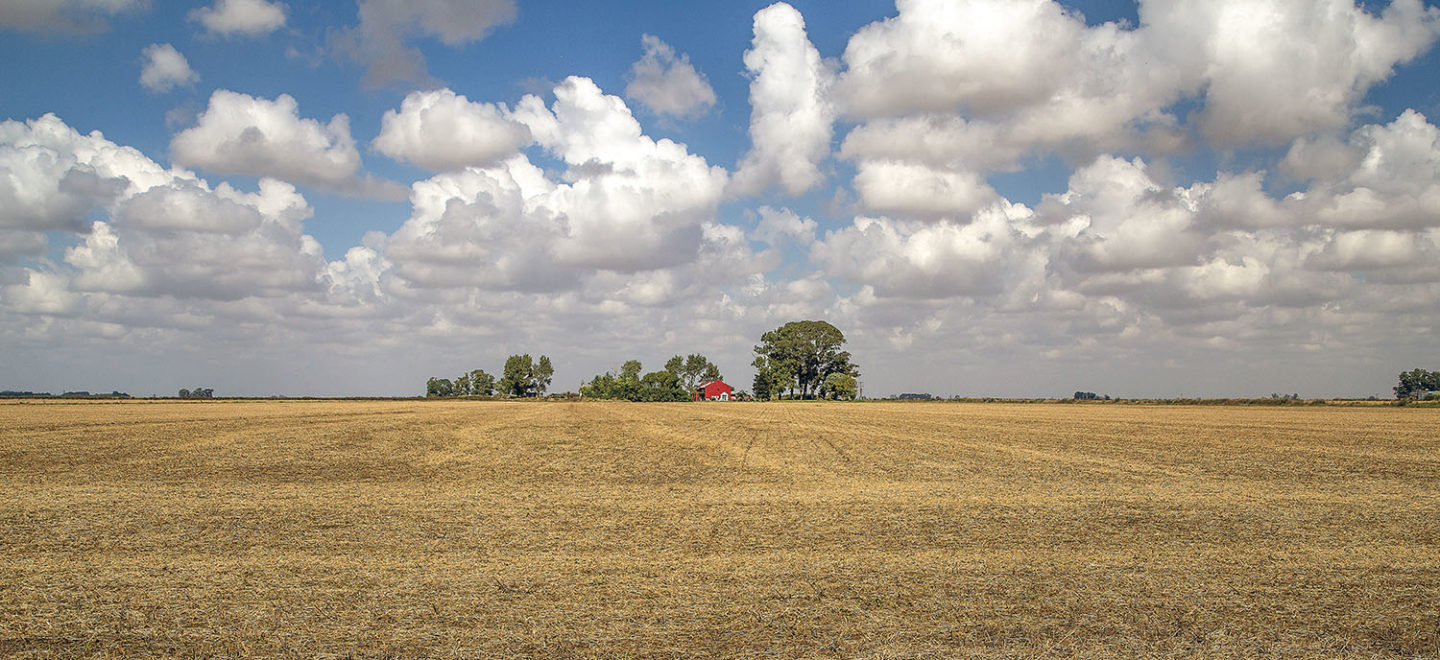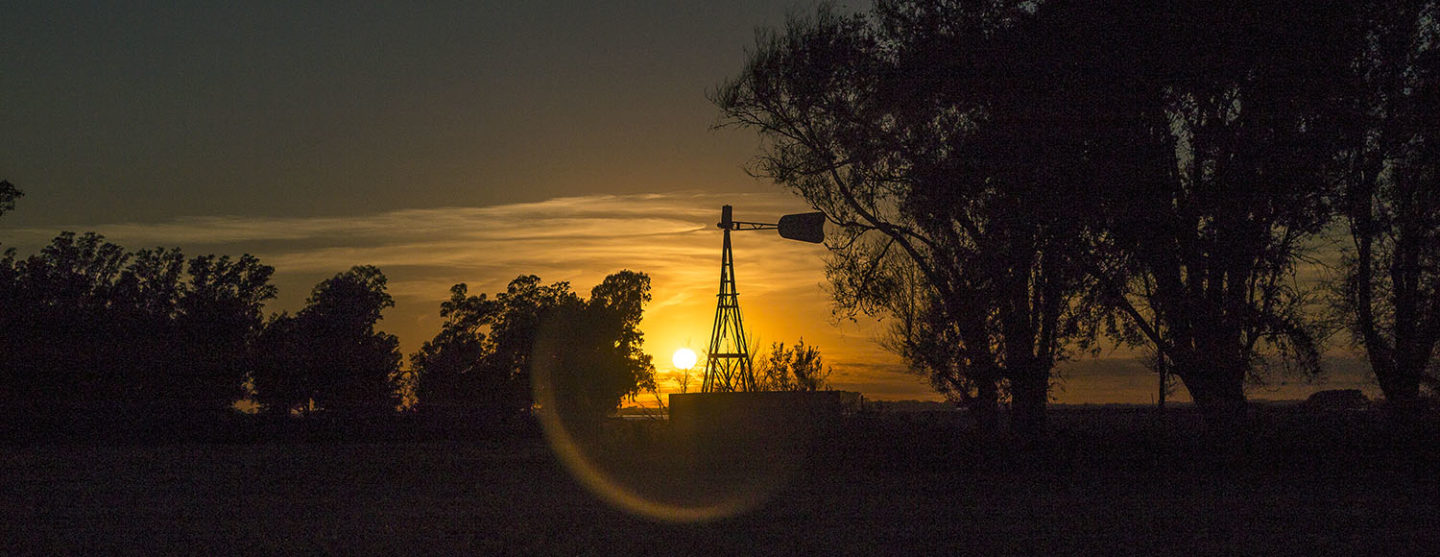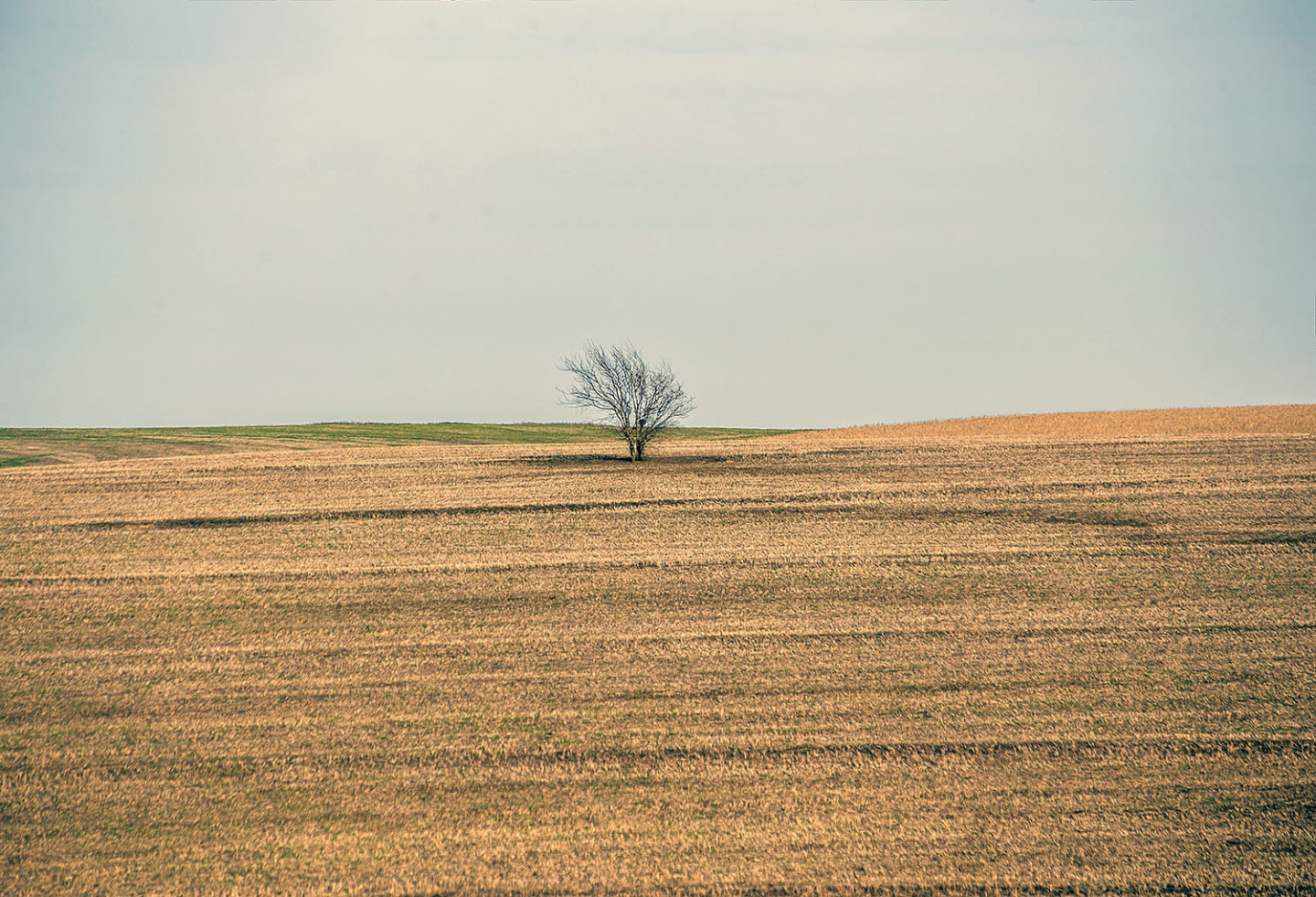Toista ääniraita – Play soundtrack
Ecos Latinoamericanos © Sofia Silva
Argentine musician and composer – World Music – Folklore
Kuuntele koko albumi – Listen to the full album:
Sofia Silva: Ecos Latinoamericanos
Lue tarina suomeksi ↓
Read the story in English ↓
Osta kuva
Osta kuva
Osta kuva
Osta kuva
Osta kuva
Osta kuva
Osta kuva
Osta kuva
Osta kuva
Osta kuva
Osta kuva
Osta kuva
Osta kuva
Osta kuva
Osta kuva
Osta kuva
Osta kuva
Osta kuva
Osta kuva
Osta kuva
Osta kuva
Osta kuva
Osta kuva
Osta kuva
Osta kuva
Osta kuva
Osta kuva
Osta kuva
Osta kuva
Osta kuva
Pampan taivaanrannat -näyttely Aino Galleriassa
Lyhyt tarina
”Pampalla vaikutelmat ovat nopeita, äkkinäisiä, ja pian ne katoavat ympäristön laajuuteen jälkiä jättämättä.” Ricardo Guiraldes, Don Segundo Sombra (*)
”Taivaalla värit haalenevat päivänvalon myötä.” Ricardo Guiraldes, Don Segundo Sombra
Jokin aika sitten olin valtavalla maatilalla pampalla ja muistan tunteen, kun hiljaisuus oli niin suunnaton, että melkein kuulin ruohon kasvavan.” Englantilais-puolalainen ystäväni Aleksandra Telezynska
”Siellä vietin tuntikausia, ypöyksin, Jumala todistajanani ja seuranani ajatukset vaimostani ja lapsistani, kotipaikastani ja ystävästäni.” Tunnetusta kirjasta ”Martin Fierro”, joka kertoo gauchoista pampalla. Jose Hernandez. (*)
(*) Kynällään Jose Hernandez saavutti jotain kuvaamattoman vaikeaa: hänen säkeensä tulivat niin suosituiksi, että ne tunnistivat sellaisetkin, jotka eivät olleet kirjaa lukeneet.
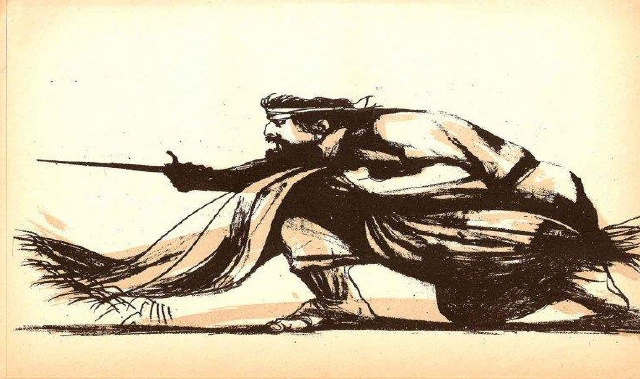

(*) Ricardo Guiraldesin mukaan on nimetty kuuluisa paikallinen museo hänen lukemattomien ansioidensa tähden – Pampat ja gauchot, San Antonio de Areco. Ricardo Guiraldes oli syntynyt 13. helmikuuta 1886 – tämä näyttely avataan juuri 13. helmikuuta – ja hän kuoli 8.10.1927.
Minulle pampa tarkoittaa suunnattoman suurta, ääretöntä hiljaisuutta. Monet tulkitsevat tämän näin: matka pampan suunnattomalta aroalueelta Andien valtaville vuorille on suunnattoman suuri. Siinä missä tangon tunnusmerkki on syleilevä tanssiote, pampan tunnusmerkki on suunnaton suuruus. On myös muita ilmauksia, jotka voivat kuvata tunteitani kokiessani ja katsellessani näitä maisemia, ja nämä ovat osittain myös valokuvakansioideni nimiä verkkosivullani www.rodolfomedina.com.ar:
Valojen ja muotojen loistokkuus
Sielun heijastuksia
Impressionistisia poimintoja
Kaukaisuus perspektiivissä
Kosketan taivaanrantaa
On uskomaton tunne hengittää oikein syvään ja kääntyä 360 astetta – ja aina katsoa horisonttiin. Kuuluisa argentiinalainen kirjailija Jose Luis Borges luonnehti tätä kuvauksella ”horisontaalinen huimaus”.
Kahden tunnetun argentiinalaisen kuvataiteilijan pampaa koskevat ajatukset ovat sangen kiinnostavia:
…”Vuonna 1984 Eduardo Schiaffino, Museo Nacional de Bellas Artes –taidemuseon ensimmäinen johtaja, väitti että pampan kauneus on runoilijoiden keksintöä: tuota suunnatonta tyhjyyttä ei mitenkään voisi kuvata siveltimellä. Eduardo Siveri puolestaan arveli, että on pyrittävä kuvaamaan tuo karu näkymä, maalaamaan suunnaton, mittaamattoman suuri, kauhistuttava pampa.”
Näiden kahden välille kehkeytyi metafyysinen keskustelu: voiko maisema olla mahdoton maalata? Jos se kuitenkin maalattaisiin, mitä syntyisi? Olisiko se peili, jossa näkee oman kuvansa väärinpäin? Maalattaisiinko silloin tyhjyys ja siellä asuvat oliot? Olisiko se kuin kuun pimeän puolen tai mustan aukon sisuksen maalaamista? Voisiko tyhjää maisemaa ajatella täydellisenä suurena alkuräjähdyksenä, jonka myötä alueen voisi vallata uudella ajattelutavalla? Vaikka pampan alue oli lajistoltaan monipuolinen ja siellä asui alkuperäisväestöä, Euroopasta tullut älymystö näki 1800-luvulla sen tyhjänä näyttämönä, valtavana autiona tilana, joka olisi valloitettavissa sekä poliittisesti että mielikuvituksella.
Matka pampan mielikuvitusmaailman läpi alkaa öisillä maisemilla: alueen syvä pimeys on täynnä salaisuuksia ja mielikuvituksellisia muotoja. Päivänvalossa ombu-puun varjokuva kirkastuu metafyysiseksi monumentiksi, joka rikkoo tyhjyyden. Ylevä autius muuttuu valtavaksi hautausmaaksi, jota peittävät taisteluiden ja teurastamojen luut ja veri. Sota on myös tärkeä teema joen varrella Litoralissa – jokialueella – mutta siellä siihen on sekoittunut mielikuvitusolentoja ja tarinoita, joissa esiintyy kaikenlaisia zoomorfeja, fytomorfeja, antropomorfeja sekä topografiaa. Koillisessa horisontti ei olekaan enää suora viiva, vaan siveltimen vetojen, värien ja materian leikki, joka jättää vuorten jäljet verkkokalvoillesi…”
Perustietoa pampasta
Pampa on ketshuan kielen sana, joka tarkoitti tasaista maastoa. Kieli oli peräisin inkavaltakunnasta. Espanjalaiset valloittajat antoivat tämän nimeksi monille etniselle ryhmille ja nyky-Argentiinan alkuperäisväestön ryhmille, jotka asuivat nykyisten maakuntien Buenos Aires, Cordoba, Santa Fe ja San Luis alueilla; kaikki ovat Keski-Argentiinassa. Tämä hyvä asema tekee seudusta maan keskipisteen niin poliittisesti, taloudellisesti kuin demografisestikin.
Pampan ruohoaro, Pampas, on osa Etelä-Amerikan lauhkean vyöhykkeen aroja. Se tunnetaan Rio de la Platan arona, jonka pinta-ala on 750 000 neliökilometriä ja joka ulottuu Argentiinan keskiosista koilliseen sekä käsittää Uruguayn ja Etelä- Brasilian. Itse Pampas, joka on Argentiinaa, on pinta-alaltaan 426 000 neliökilometriä; tämä on noin 60 % Rio de la Platan arosta.
Kostea pampa Argentiinan itäosassa (espanjaksi Pampa Humeda) on laaja ekovyöhyke tasaista, hedelmällistä aroa, jonka pohjana on lössimaa. Sen sademäärä on 900 mm vuodessa, kun taas kuivalla pampalla lännessä sataa keskimäärin alle 700 mm. Pampan biodiversiteetti on ainutlaatuinen ja merkittävä. Euroopan siirtomaavaltausten jälkeen pampasta muodostui vähitellen yksi tärkeimmistä maanviljely- ja karjataloustuotantoalueista koko maailmassa. Alueelle tuotiin nautakarjaa, lampaita ja hevosia 1500-luvulla ja maanviljelystä 1800-luvun lopulla. Alkuperäinen maisema on tämän myötä muuttunut oleellisesti, ja paljon aron alkuperäisistä elinympäristöistä on menetetty.
Ruohoaro tarjoaa laajan valikoiman ympäristötuotteita ja –palveluja, ja totta kai myös karjatalouden tavallisia tuotteita kuten lihaa, maitoa, villaa ja nahkaa. Se hyödyttää ilmakehän kaasutasapainoa sitomalla hiilidioksidia arviolta 60 kg hehtaaria kohti, ehkäisee maaperän eroosiota ja on monen maailman ruokataloudelle tärkeän eläin- ja kasvilajin geneettinen kehto. Pampalla on myös oleellisen tärkeä tehtävä sekä pölyttävien hyönteisten että biologisten torjujien tuottajana.
Pampan asukkaat ovat myös hyvin tärkeitä. Gaucho, argentiinalainen cowboy, edustaa Argentiinan vapauden ja itsenäisyyden ihanteita ja on kansallisen perinteen vertauskuva – maan maineikkaimpia kulttuuri-ikoneja. Gauchoja on kyllä muuallakin Argentiinassa. mutta pampan alueella heitä on eniten, ja pampa on gaucho-kulttuurin syntysija.
Gaucho-kulttuuri saapui Argentiinaan 1500-luvulla. Espanjalaisten uudisasukkaiden mukanaan tuomat hevoset ja karja karkailivat ja alkoivat lisääntyä hallitsemattomasti aroilla. Niinpä tarvittiin gauchoja, jotka yksin ratsastaen pystyivät löytämään ja kokoamaan valtavat karjalaumat. Gauchot ratsastivat päättäväisesti lauman luota toiselle ja pysyivät hengissä pyydystämiensä eläinten lihalla. Kun espanjalainen alue laajeni sisämaahan päin ja Argentiina itsenäistyi, pampan tasangot jaettiin tiluksiin, joilta gauchot saivat työtä, eikä heidän tarvinnut enää kierrellä.
Pampan taivaanrannat –näyttelyn kuraattori on tunnettu argentiinalainen visuaalinen taiteilija Eduardo Medici, @artemedici, joka on myös argentiinalaisen, valokuvaukseen erikoistuneen ArtexArte –taidetilan taiteellinen johtaja.
www.artexarte.com.ar
Rodolfo Medina, tammikuussa 2021
Rodolfo Medina
Rodmedina512@gmail.com
sustainableventures@rodolfomedina.com.ar
www.rodolfomedina.com.ar
puh +5491141411166
Aino Galleria – Pampa Horizons exhibition – A brief story
“In the Pampas the impressions are rapid, spasmodic, to later disappear in the amplitude of the
environment, without leaving traces”.
Ricardo Guiraldes, Don Segundo Sombra (*)
“In the sky the colors fade with the daylight”.
Ricardo Guiraldes, Don Segundo Sombra.
“Some time ago I was at a huge Pampas farm and I remember feeling, the silence was so loud
that I could almost hear the grass grow” …. By my English – Polish friend Aleksandra Telezysnka
“There I spent the hours, without having anybody with me, having God as a witness, and my
fixed thoughts, on my wife and my children, on my homeplace and on my friend.”
From the famous book “Martin Fierro” on the Gaucho at the Pampas. Jose Hernandez. (*)
(*) With his pen, José Hernández achieved something indescribably difficult: his stanzas
became popular to the level that they are recognized even by those who did not read the text.


(*) Ricardo Guiraldes, in who’s honour, because of all his innumerable contributions, the
famous local Museum is named. On the Pampas and the Gauchos, San Antonio de Areco.
Born Feb 13, 1886 (13 th Feb is the opening of this Pampas exhibition! Died October 8th,
1927.
To me, the Pampas mean Immensity, Immensity in Silence.
Many translate this as: An Immensity going from the flatlands of the Pampas to
the immensity of the Andes.
As the hug is the emblem of Tango, immensity is the one of the Pampas.
Other expressions that could reflect my feelings experiencing and watching these landscapes
(and that are by the way some of the titles of the photo folders in my web,
www.rodolfomedina.com.ar ):
A Splendor of lights and frames
Reflections of the Soul
Impressionist excerpts
Remoteness in perspective
Touching the horizon
That incredible sensation of breathing very deeply and rotating your head 360 degrees, always
posing on the horizon.
The famous Argentine writer Jose Luis Borges tried to express this as “ a horizontal vertigo”.
During a counterpoint between two well known Argentine visual artists, some paragraphs are
interesting, regarding the Pampas:
…”In 1984, Eduardo Schiaffino – the first director of the Museo Nacional de Bellas Artes –
argued that the beauty of the Pampas had been invented by poets: there was no way one could
depict that immense void with a paintbrush.
Eduardo Sívori, however, thought it necessary to pursue the barren image, to paint “an
immense, incalculable large Pampas, a terrifying one.”
A metaphysical debate sparked up between them: can a landscape be impossible to paint? If it
was found and painted, what would the results be?
Is it a mirror in which one sees an inverted reflection of oneself? Would it be to paint the
mystery of the void and the creatures that live within it? Would it be like painting the dark side
of the moon or the inside of a black hole? Can one think of the empty landscape as the perfect
Big Bang through which one can occupy the territory with a new imagination? In spite of its
biodiversity and indigenous populations, intellectuals of European ancestry saw the 19th
century Pampas as a vacant theatre: an immense, apparently empty space to be conquered
both politically and with the imagination.
The journey through Pampas fantasy begins with its nightscapes: the vast darkness of the
territory is bathed in mystery and imaginary shapes. In the daylight, the shadowy profile of the
Ombu tree brightens to become a metaphysical monument that punctuates the void. The
sublime immensity then mutates into an enormous cemetery covered in bones and blood from
battles and abattoirs. War is also a primary theme by the river in the Litoral – the area with
rivers – but there it is combined with fantastical creatures and stories containing a mixture of
zoomorphs, phytomorphs, anthropomorphs and topography. In the northwest, the horizon is
no longer a straight line but a play of brushstrokes, colour and material that imprint the
mountains onto your retinas….”
Some basic info on the Pampas.
Pampas was the name, word meaning “flat surface”, coming from the Quechua language
(originated with the Inca Empire), that the Spanish conquerors gave to the different aboriginal
ethnic groups and indigenous people of present – day Argentina, who inhabited the extensive
plains of the current provinces of Buenos Aires, Córdoba, Santa Fe and San Luis, all in the
center of Argentina.
This privileged location makes this region the central nucleus of the country, both politically,
economically and demographically.
The Pampas grasslands or Pampas are part of the main region of temperate grasslands in
South America, known as the Rio de la Plata grasslands, whose extension reaches 750,000 km2
along the center and a northeastern portion of Argentina, all of Uruguay and southern Brazil.
The Pampas itself, located entirely in Argentina, cover about 426,000 km2, which implies
about 60% of the area of the Rio de la Plata grasslands.
The Humid Pampas at the East (Spanish: Pampa Húmeda) is an extensive ecoregion of flat,
fertile grassland of loessic origin in Argentina. It has a precipitation average of 900 mm per
year, in contrast with the Dry Pampas to the West, which average less than 700 mm.
Pampas biodiversity is unique and remarkable.
After European colonization, the Pampas gradually became one of the most important
agricultural and livestock production regions in the world. The introduction of cattle, sheep,
and horses during the 16th century, and agriculture in the late 19th century, have substantially
modified the original landscape, resulting in a vast loss of grassland habitats, at least in their
original form.
Grasslands provide a wide range of environmental goods and services, in addition to the usual
supply of meat, milk, wool and leather produced by grazing systems. They contribute to the
maintenance of the gas composition in the atmosphere through CO2 sequestration (it is
estimated that around 60 kilograms of CO2, per hectare, is sequestered by grasslands), to the
control of soil erosion, and they are source of genetic material for a large number of plant and
animal species that currently form the basis of the world’s diet. In addition, they play a
fundamental role as a provider of pollinating insects and natural enemies of numerous pests
that attack crops.
Also very important are the Pampas inhabitants. It is where the Gaucho, or Argentine cowboy,
is one of the most renowned cultural icons in Argentina, for it represents the Argentinian
ideals of freedom and independence and is a symbol of national tradition. Although gauchos in
Argentina occupy various different parts of the country, the Pampas is the region where
they are most abundant and where gaucho culture first began.
Gaucho culture first came about in Argentina during the 16th century, after horses and cattle
that had been brought over by Spanish settlers escaped and began breeding at an
uncontrollable rate on the plains. This created the need for gauchos to be introduced to
manage the vast herds by travelling alone on horseback and rounding up cattle. They would
travel determinedly from one herd to the next, surviving on the meat from the animals they
caught. As the Spanish territory extended further inland and Argentina gained independence,
the Pampas plains were divided up in estancias, meaning the gauchos no longer needed to
roam and they began to take up work on the estancias instead.
The curator of the exhibition on Pampa Horizons is the great Argentine visual artist Eduardo
Medici, @artemedici, also Art director at the ArtexArte Art space in Argentina, mainly focused
on photography, www.artexarte.com.ar .
Rodolfo Medina, January 2021
Rodolfo Medina
Rodmedina512@gmail.com
sustainableventures@rodolfomedina.com.ar
www.rodolfomedina.com.ar
Mob: +54911 41411166


